1. The Vatican’s Cloistered Convents

In the Vatican’s cloistered convents, some of the world’s oldest nuns still hold absolute authority. These women, often in their 80s or even 90s, run their religious communities with a firm yet gentle hand. They oversee everything from daily prayer schedules to financial decisions, making sure their convents remain self-sustaining. Some have been in leadership roles for decades, their wisdom guiding younger nuns in matters both spiritual and practical. Even the Pope respects their authority within their walls, as they maintain traditions that have existed for centuries says New York Times.
Despite their age, these women show no signs of stepping aside. They continue to make decisions about renovations, charity work, and even the production of goods like handmade rosaries or baked goods that help fund their communities. Many of them have seen the world change dramatically but remain steadfast in their way of life. They lead with experience, ensuring that their convents remain places of devotion and discipline shares Wikipedia.
2. Japanese Ryokan Inns
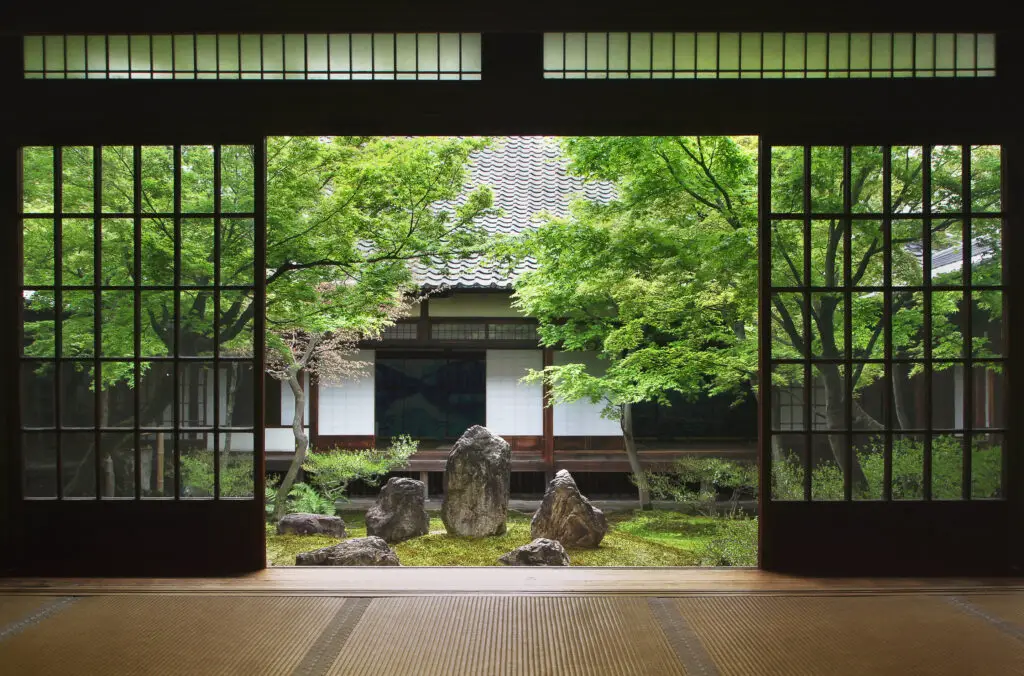
In Japan, some of the oldest ryokan (traditional inns) are still run by women who have been making all the major decisions for decades. These inns, often passed down through generations, rely on the matriarch’s deep understanding of hospitality and tradition. She decides the menu for the seasonal kaiseki meals, oversees the meticulous cleaning process, and ensures that every guest is treated with the utmost care. Some of these women are in their 90s, still walking the tatami floors and greeting visitors with a bow says Air Mail.
Younger family members may assist, but nothing happens without the final word of the eldest woman in charge. She remembers every guest who has ever stayed, passing down wisdom that no textbook could teach. Even in an era of modern hotels, these women keep centuries-old traditions alive with a personal touch. Their decisions shape not only their businesses but also the cultural experience of travelers from around the world shares Washington Times.
3. Italian Olive Farms
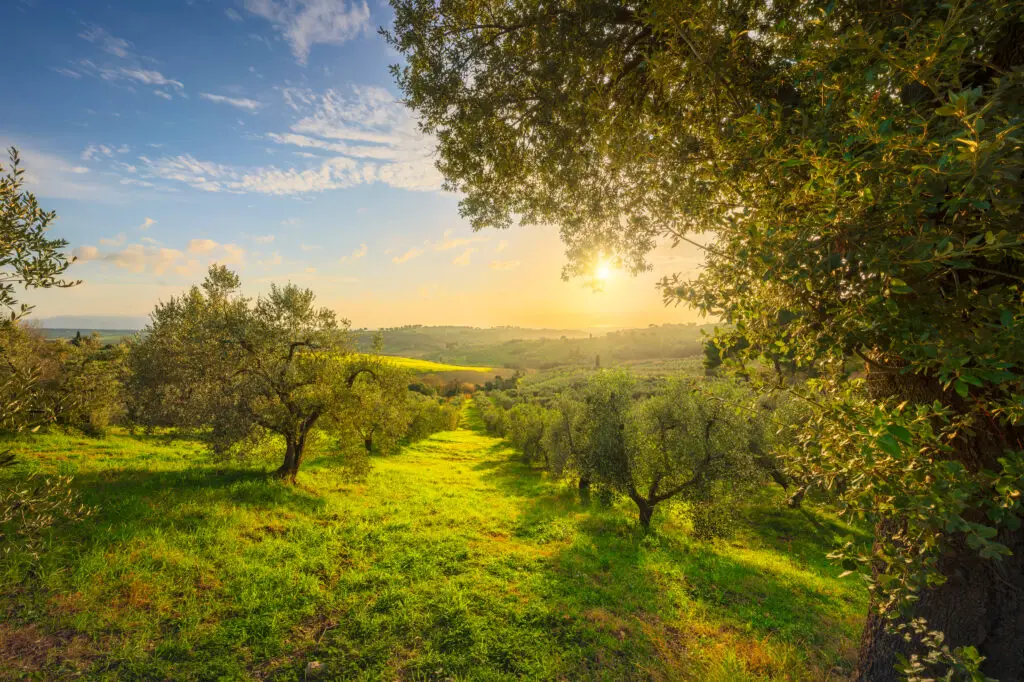
In the rolling hills of Italy, some of the oldest olive farms are still run by their family matriarchs. These women, often in their 80s or 90s, have spent their entire lives among the olive groves, knowing exactly when to harvest for the best oil. They make every major decision, from which trees to prune to which buyers receive their prized products. Even with modern technology, their instincts remain unmatched, guiding the farm through good seasons and bad.
Their children and grandchildren may help with the labor, but the final say belongs to the eldest woman. She negotiates deals, selects which batches will be turned into extra virgin olive oil, and ensures that traditions stay intact. Many of these farms have been in the same family for generations, and their survival depends on the wisdom of these women. They don’t just run a business; they protect a legacy.
4. French Vineyards
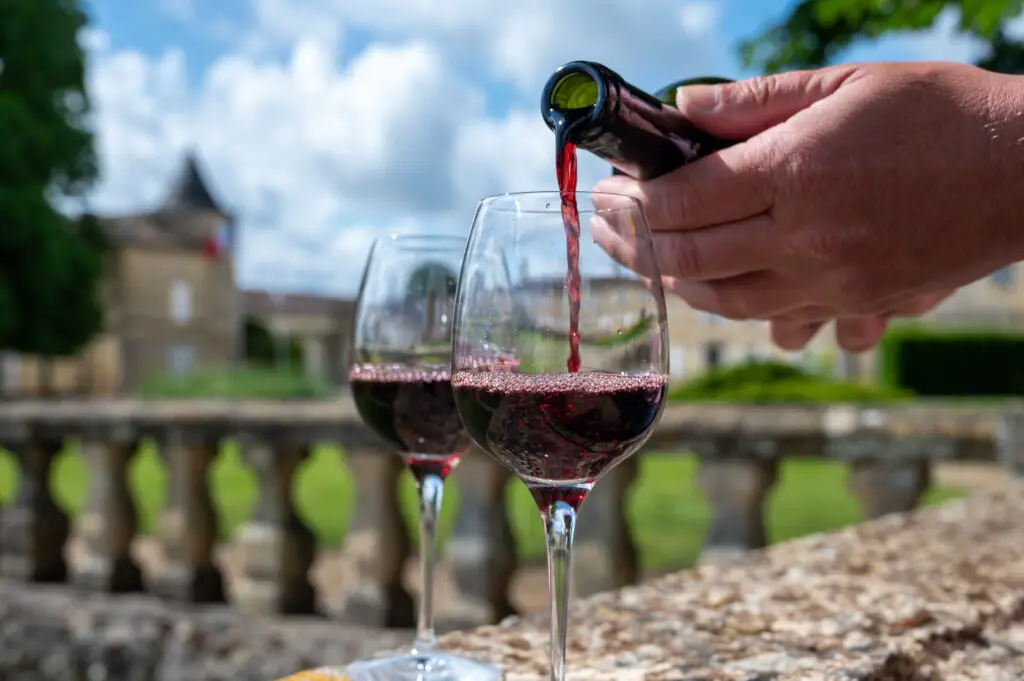
In certain French vineyards, the oldest woman in the family still makes every major decision about wine production. These women, some well into their 80s, have spent a lifetime perfecting their craft. They decide when to harvest the grapes, which barrels to use for aging, and how to market their wines to international buyers. Their palates are as sharp as ever, able to detect the subtlest differences in flavor.
Winemakers and sommeliers may come and go, but these matriarchs hold the final word. They know the land better than anyone, having walked the same fields since childhood. Their decisions influence not just the business but the reputation of their family name in the wine world. Even as trends change, they remain committed to producing wine the way their ancestors did.
5. Indian Spice Markets
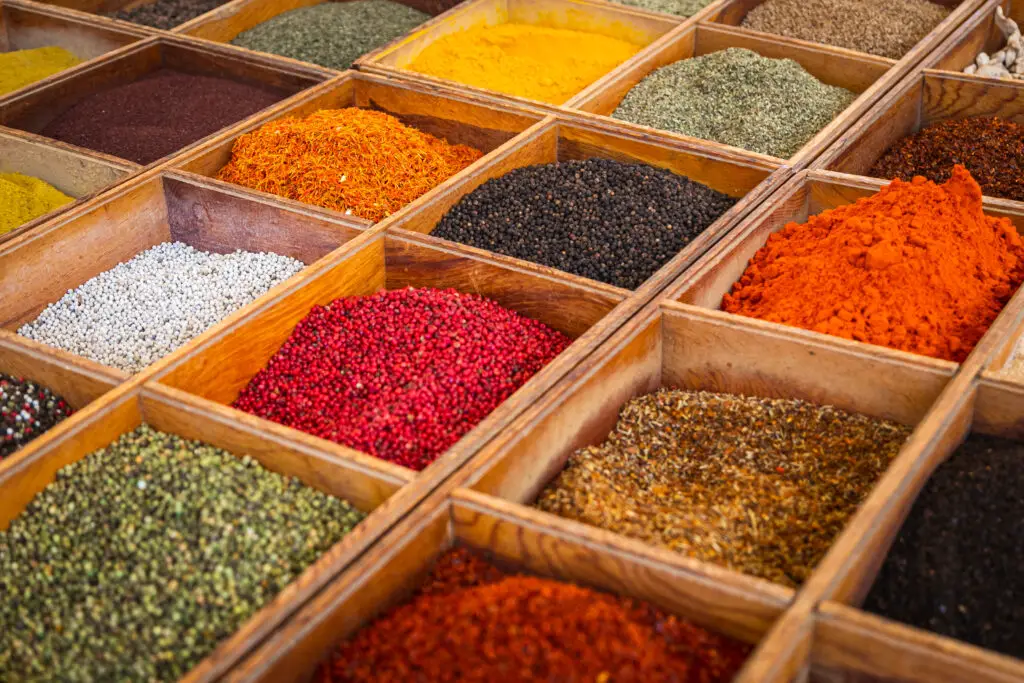
In bustling Indian spice markets, it’s often the oldest woman in the family who controls everything. These grandmothers, often in their 80s or older, have an encyclopedic knowledge of spices, their origins, and their perfect pairings. They determine pricing, negotiate with suppliers, and even advise customers on the best blends for different dishes. Their stalls are often the most respected, drawing chefs and home cooks alike.
Even with younger generations helping, no transaction happens without their approval. They’ve built reputations over decades, ensuring that only the highest-quality spices make it to their shelves. Some of these women have been running their businesses since childhood, outlasting competitors with their sharp instincts. Their presence is a symbol of tradition, and their word is law in the marketplace.
6. Greek Island Bakeries
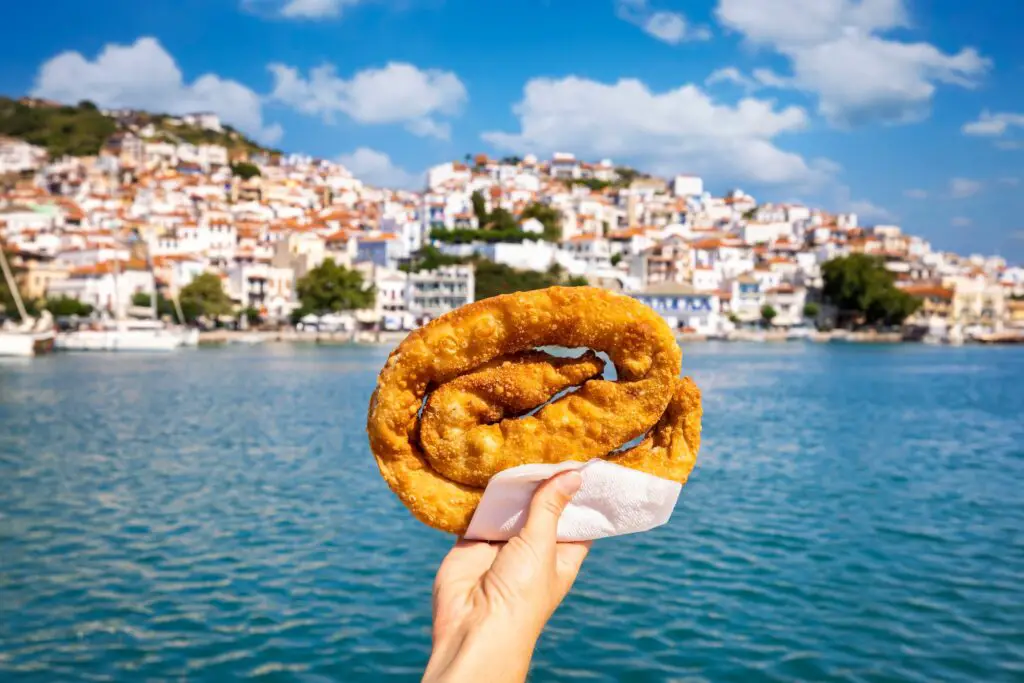
On the Greek islands, small family-run bakeries are often ruled by their eldest women. These grandmothers, some over 90, still wake up before dawn to knead dough and oversee every batch of bread and pastries. They determine the daily menu, make sure only the finest local ingredients are used, and maintain secret recipes passed down for generations. Their bakeries aren’t just businesses—they’re pillars of the community.
Younger relatives might handle deliveries or social media, but nothing leaves the oven without their approval. They decide which loaves are ready for sale and which need a little more time. Locals trust them more than any recipe book, knowing their hands have shaped dough for decades. Their presence ensures that the flavors of the past remain unchanged.
7. Peruvian Textile Workshops

In Peru, some of the oldest women in remote villages still control the intricate world of traditional textile weaving. These women, often in their 80s and beyond, make every decision about dyes, patterns, and sales. They’ve spent their lives mastering the art, ensuring that younger generations continue their ancestral techniques. Tourists and collectors alike seek their approval before making a purchase.
They determine which colors are vibrant enough, which fabrics are woven tightly enough, and which designs hold the most cultural significance. Even with modern materials available, they insist on using natural dyes and traditional methods. Their work is more than a craft—it’s a link to their heritage. Without their guidance, these traditions might fade away.
8. Appalachian Quilting Guilds
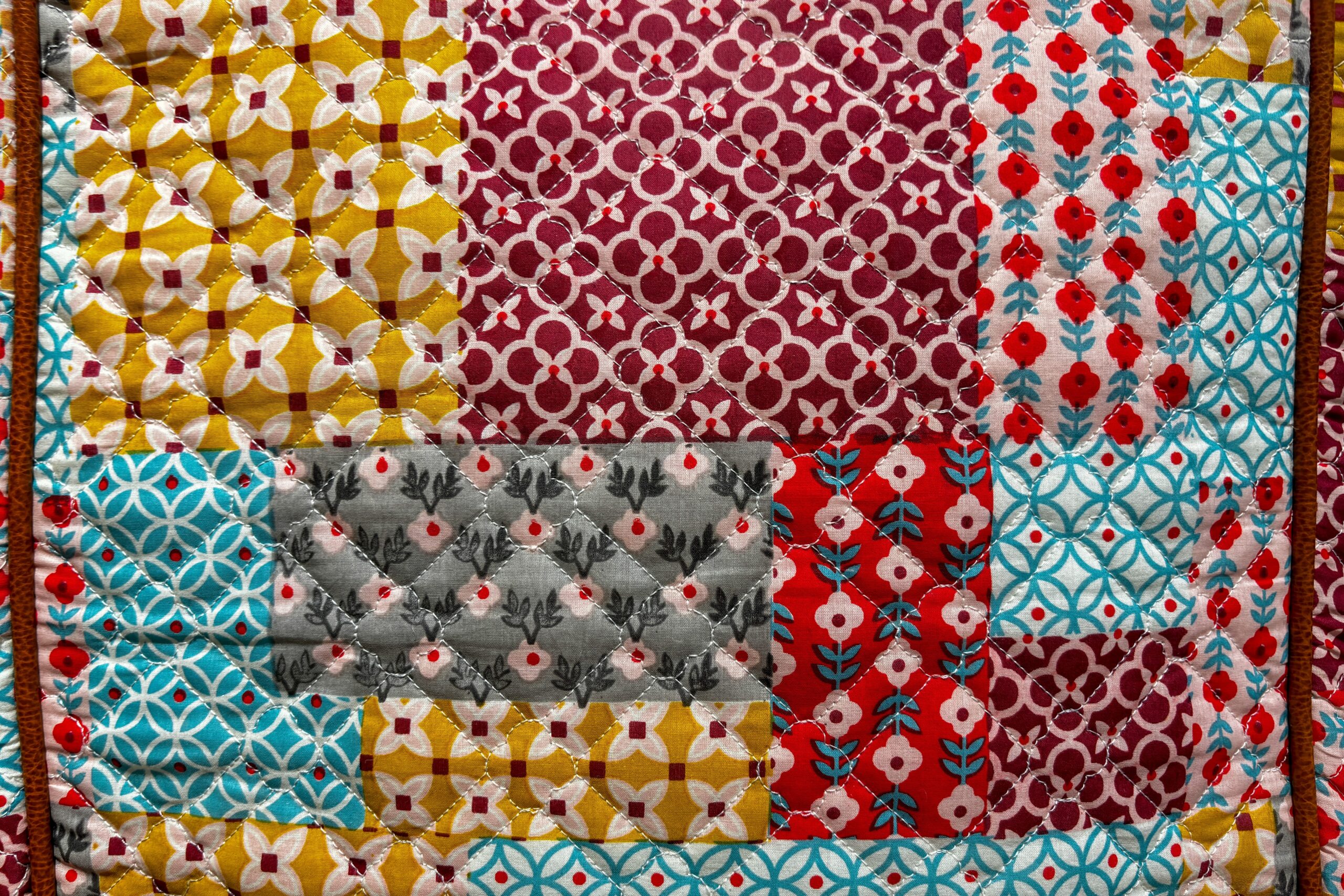
In the mountains of Appalachia, quilting guilds are often led by their oldest members. These women, many in their 80s or 90s, have been stitching since they could hold a needle. They decide on quilt patterns, approve fabric choices, and guide younger members with an experienced hand. Every quilt tells a story, and they ensure that those stories are preserved.
Their decisions go beyond design; they also handle sales, exhibitions, and donations. Some of their quilts end up in museums, while others are gifted to newborns or newlyweds. They have an unmatched eye for detail, able to spot an uneven stitch from across the room. Their leadership keeps the quilting tradition alive, passing down knowledge one stitch at a time.
9. Moroccan Argan Oil Cooperatives

In Morocco, the argan oil industry is largely controlled by women, particularly the eldest in each cooperative. These women, some well into their 90s, have spent their lives perfecting the delicate process of extracting oil from argan nuts. They oversee every step, from collection to pressing, ensuring that only the best oil reaches the market.
Their leadership goes beyond production; they also negotiate trade deals and ensure fair wages for younger workers. Even with international demand skyrocketing, they refuse to cut corners. Their knowledge of the trees and the land is unparalleled, making them irreplaceable. Their decisions ensure that this ancient practice remains sustainable for future generations.
10. Taiwanese Tea Plantations
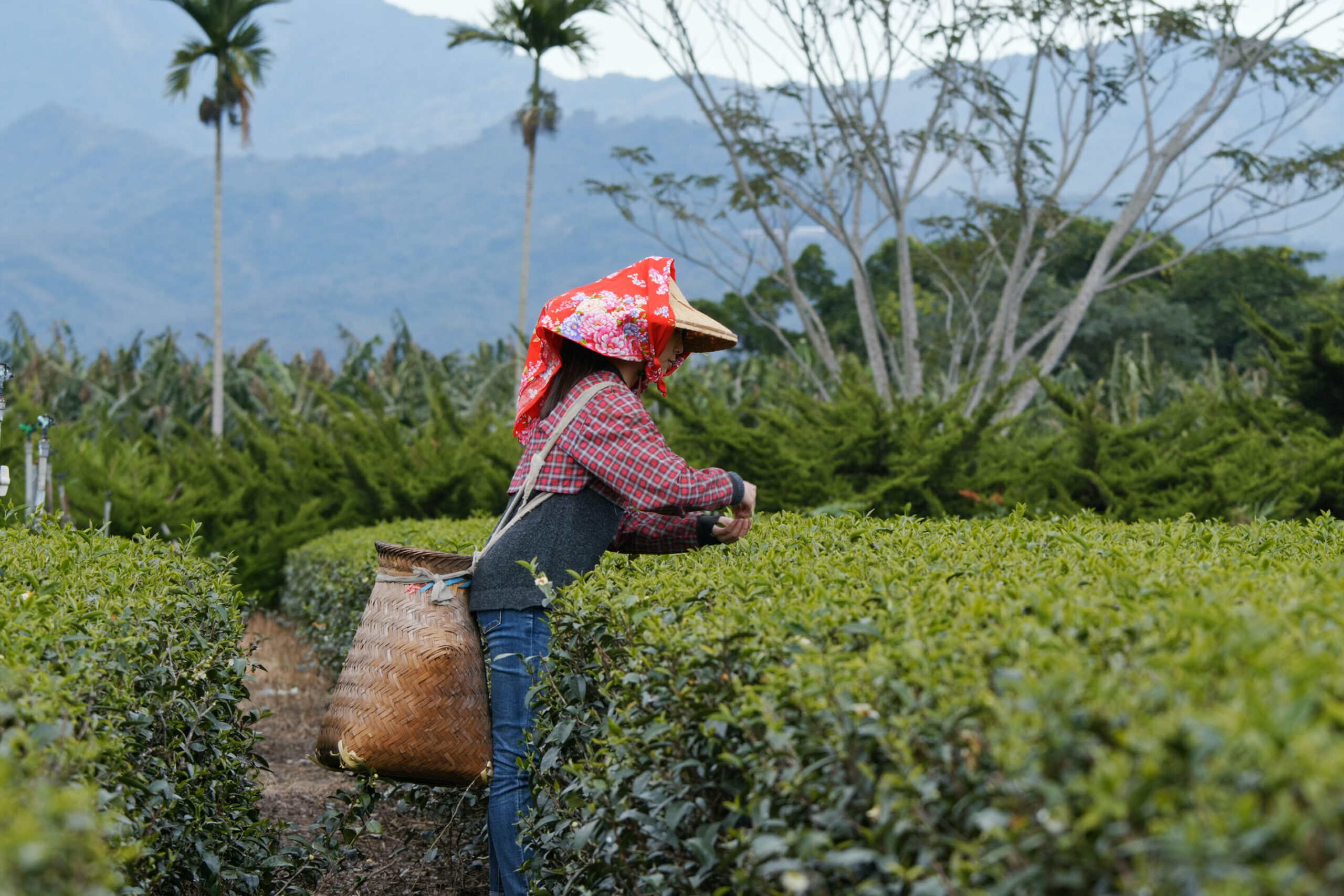
In the misty mountains of Taiwan, tea plantations are often still run by their oldest women. These women, many in their late 80s or older, have spent their entire lives cultivating and processing tea leaves. They make every major decision, from when to harvest to how long leaves should be oxidized for the perfect oolong. Their senses are so refined that they can judge the quality of a tea batch just by its aroma.
Even as younger generations assist with marketing and modern distribution, the matriarchs remain the final authority. They ensure that age-old techniques are upheld, refusing shortcuts that might compromise the tea’s quality. Their experience is invaluable, as no machine can replicate their intuition. As long as they are around, the delicate art of Taiwanese tea-making remains in expert hands.
11. Alaskan Fishing Families

In rugged Alaskan fishing communities, some of the oldest women still call the shots when it comes to running the family fishing businesses. These women, often widows of former fishermen or longtime captains themselves, handle everything from scheduling boat departures to negotiating seafood sales. They know the waters better than most, having spent decades tracking fish migration patterns. Their instincts often prove more accurate than modern technology.
Though younger family members may handle the physically demanding work, these matriarchs oversee every operation. They decide which boats go where, which fishing methods to use, and how to store the catch for maximum freshness. Their wisdom keeps the business afloat in an unpredictable industry. In an environment where survival depends on experience, their decisions can mean the difference between feast or famine.
12. Spanish Flamenco Schools
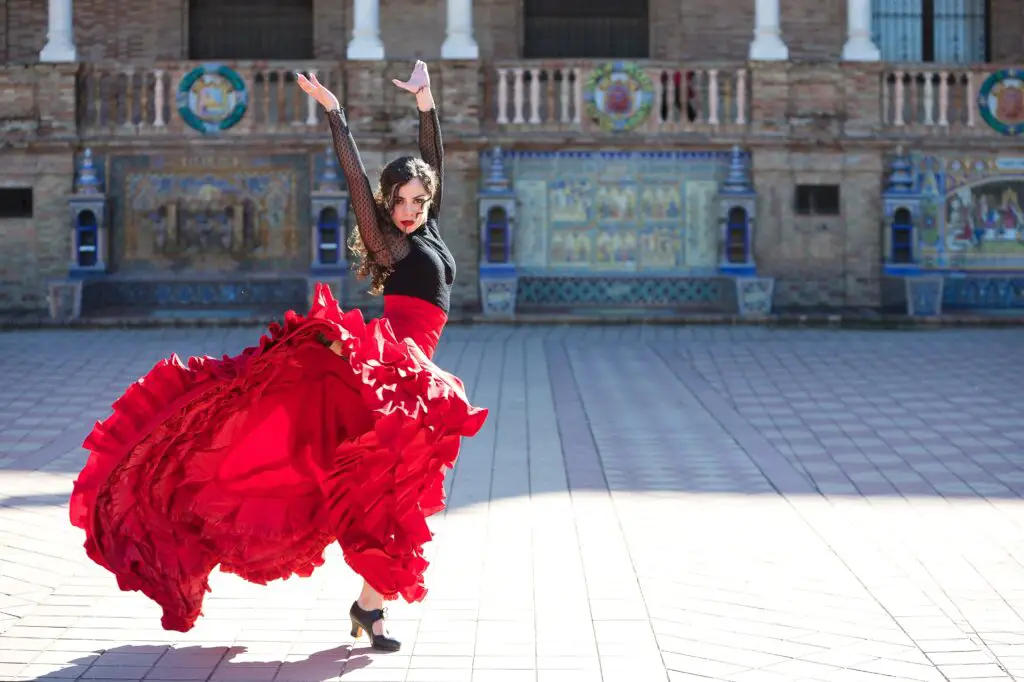
In Spain, traditional flamenco schools are often still ruled by their oldest female dancers. These women, some in their 80s or beyond, have been teaching for decades, passing down the soul of flamenco to each new generation. They determine which students are ready for advanced techniques and which ones need to refine their footwork. Their presence in the studio commands deep respect, as their movements tell stories that no textbook could capture.
Even in the modern era, where contemporary styles merge with tradition, these women refuse to let the essence of flamenco fade. They oversee performances, critique choreography, and ensure that students honor the dance’s deep cultural roots. Their passion is infectious, pushing dancers to give everything they have. As long as they are teaching, flamenco remains more than just a dance—it stays a way of life.
